Oyster plate
Oil on canvas
Signed lower left
27 x 41 cm
Provenance: artist's studio
Related work: Still life with oysters, oil on canvas, collection of Ambassador Pamela Harriman, his sale at Sotheby's New York, 05/21/1997, Lot 904.
From his childhood, Edmond Ceria showed a predisposition for music, drawing and painting. After studying at the Évian college, he entered the Geneva School of Fine Arts. Disappointed by teaching, he went to Paris in 1904, entered the Académie Julian and attended the Louvre museum where he discovered the work of Paul Cézanne which shocked him. He becomes a disciple of this new vision of the world, where sensitivity and love of nature replace genre and anecdote. According to René Barotte, “its incisive pages are reminiscent of Guardi or Canaletto. His style gradually frees itself from a certain rigor in execution. The touch becomes a sign, almost an ideogram, and the small painting appears written like a love poem. »
He began his career by exhibiting at the Salon des Indépendants in 1908, then at the Salon des Tuileries and at the Salon d'Automne of which he was a member. In 1919, he spent a year in Tuscany which made him aware, like Corot, of the importance of light in painting. During this stay, he copied the great Italian masters including Giotto, Uccello, Masaccio. Back in France, Ceria discovered the light of Provence, painting mainly in Marseille and Sanary. In Paris, he set up in a workshop near the Observatory and frequently went down to the quays to paint the Seine, the bridges, the Concorde, the Tuileries and the Luxembourg. In 1934, he stopped his travels in Provence to discover Brittany where he spent many years. Indifferent to fashions and unfailingly attached to the nature that he stylizes, he pursues a landscape work whose light touches highlight the accidents or reflections. When the climate forced him to paint in the studio, he devoted his talent to still lifes, which testify to his love of life, just as his landscapes reflect his taste for nature.
Ceria participated, with his friends Charles Dufresne, Othon Friesz and Henry de Waroquier, in the first exhibition of the Masters of Independent Art at the Petit Palais in 1937. Always alongside Dufresne, to whom he entrusted the artistic education of his son Jacques Despierre, he decorated the small foyer of the Chaillot theater with Le Théâtre antique. The following year, he achieved recognition in the United States by winning the Carnegie Prize. Appointed painter to the Navy in 1945, then freed from material contingencies, he continued his work expressing his emotion until his death ten years later.
His works are kept in numerous museums including the Center Pompidou, the Museum of Modern Art in Paris, the Museum of the 1930s, the Carnavalet Museum and the Museum of Fine Arts in Lyon.


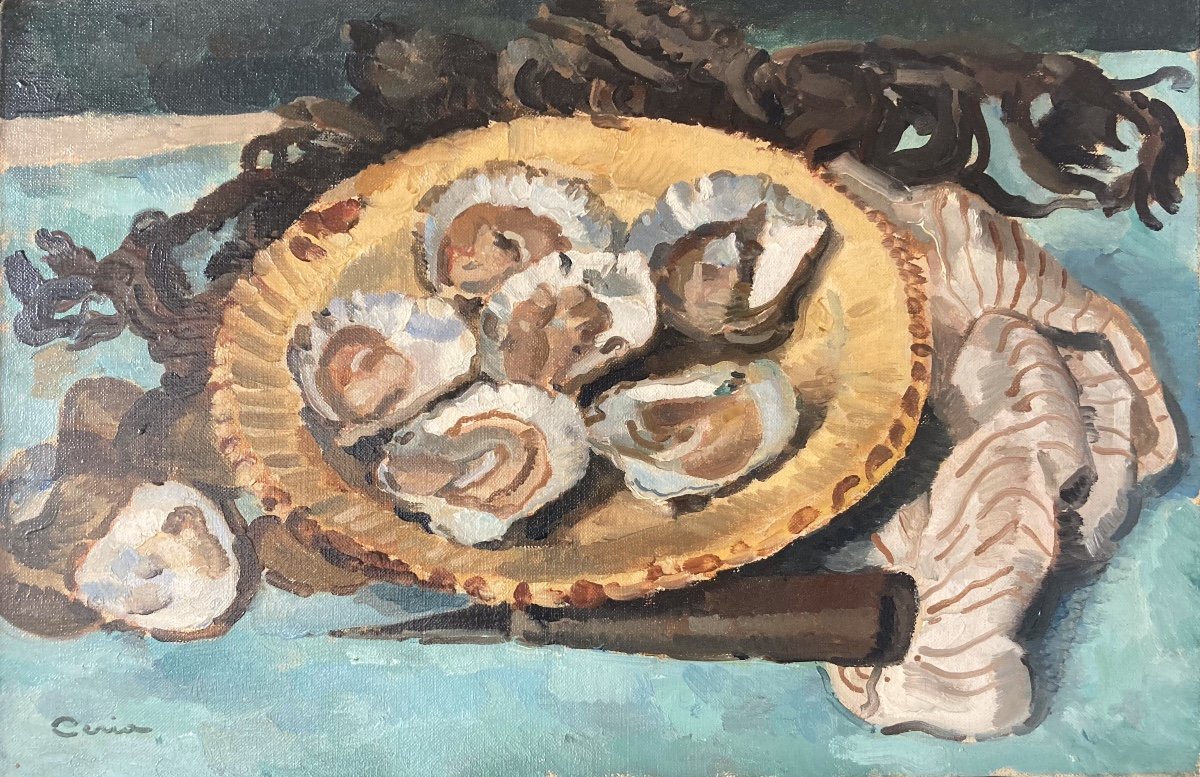


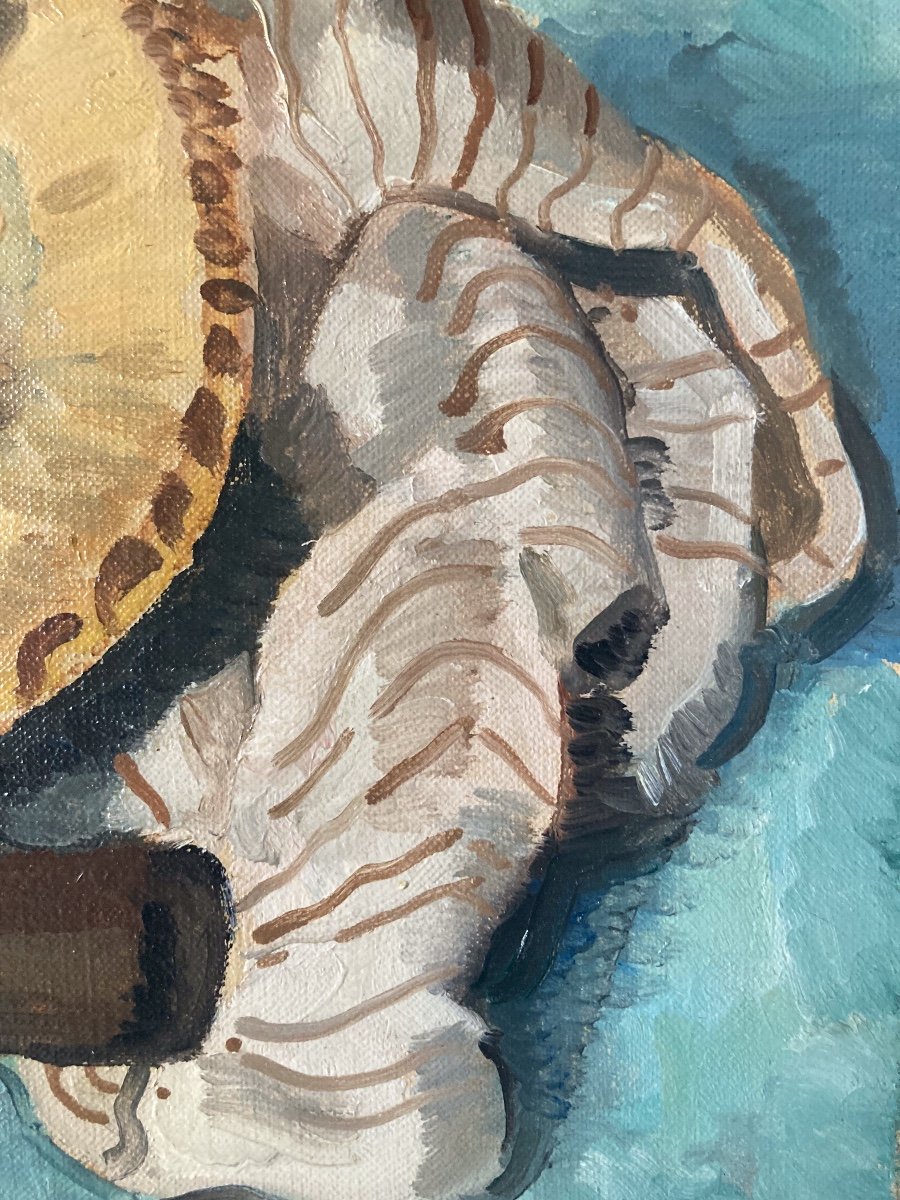
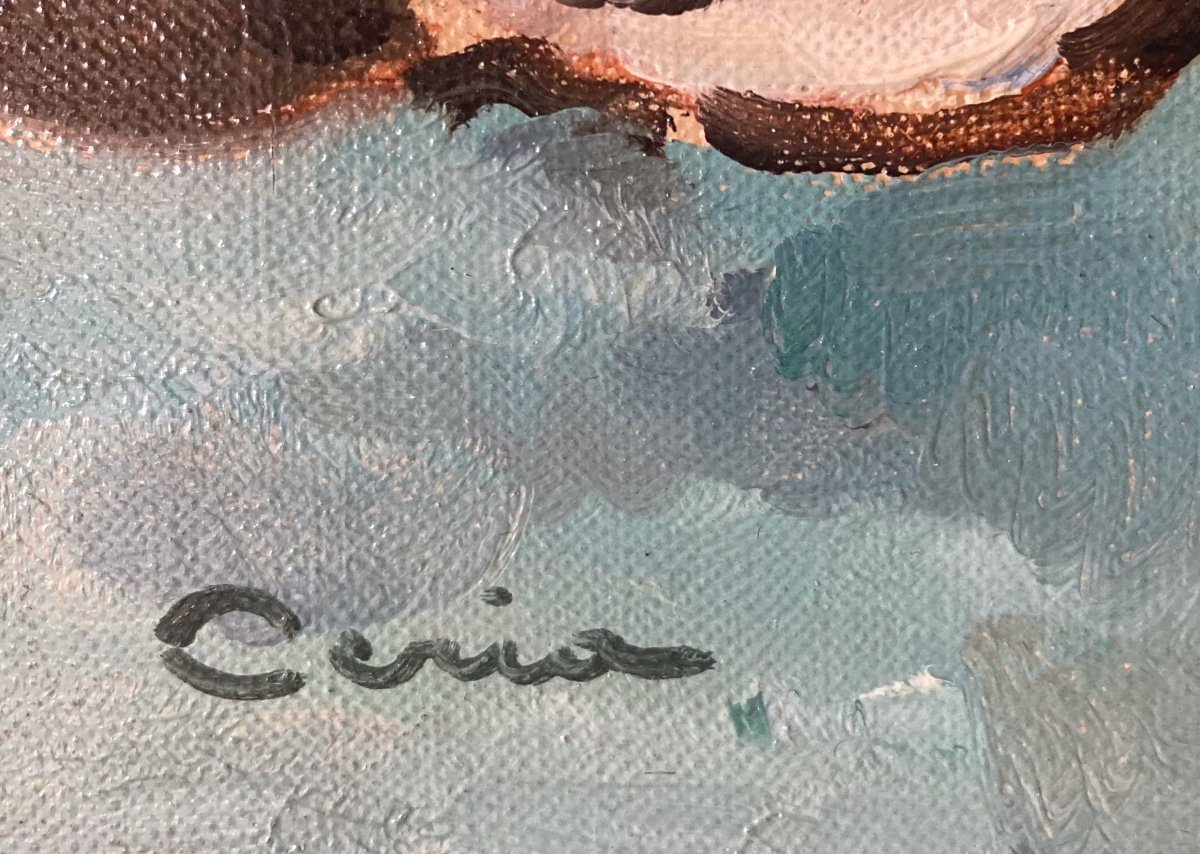
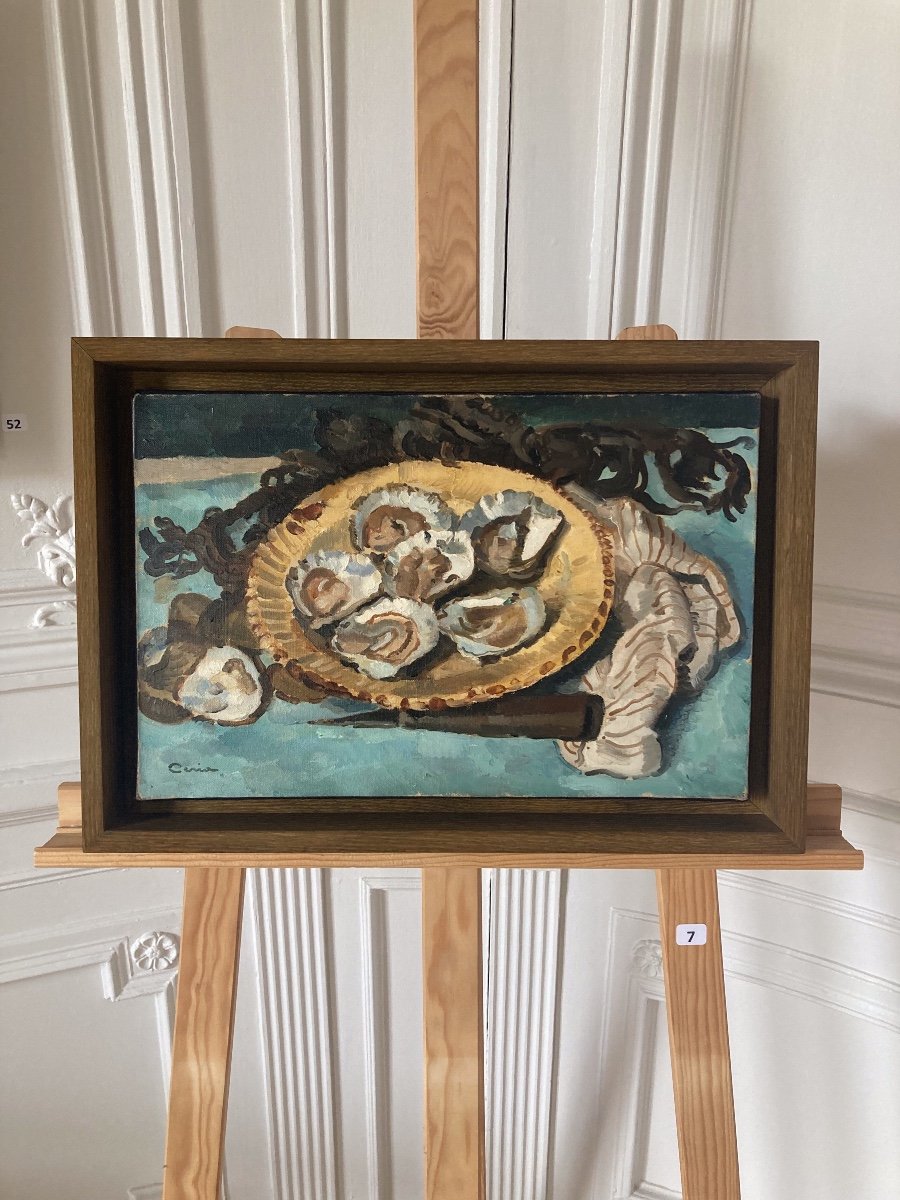









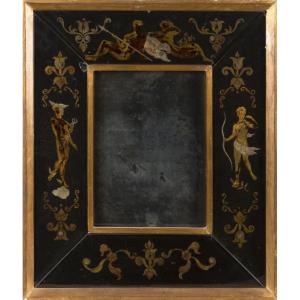

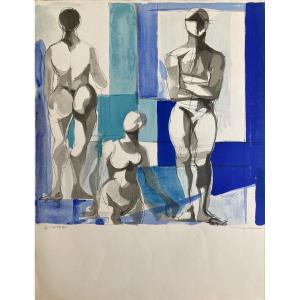
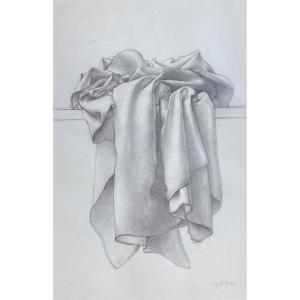
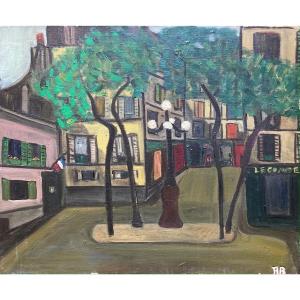
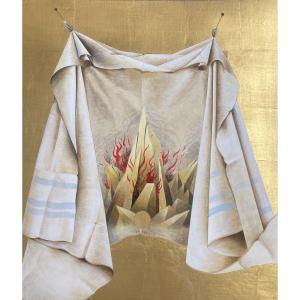
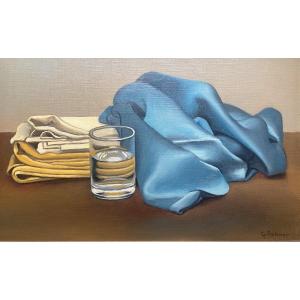

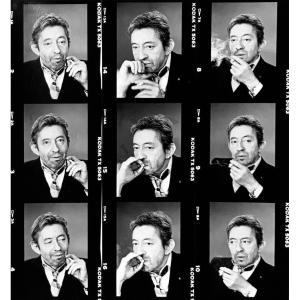
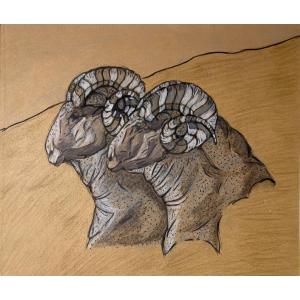
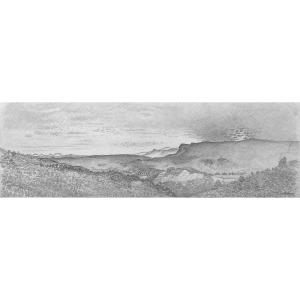
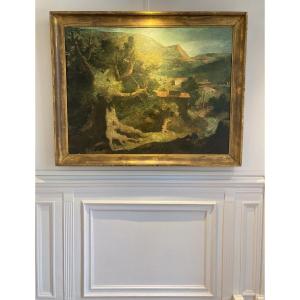
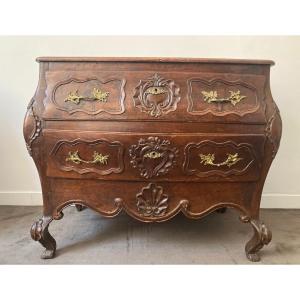
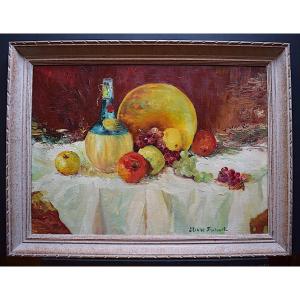

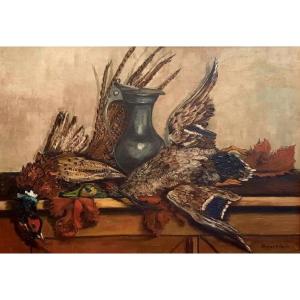





 Le Magazine de PROANTIC
Le Magazine de PROANTIC TRÉSORS Magazine
TRÉSORS Magazine Rivista Artiquariato
Rivista Artiquariato